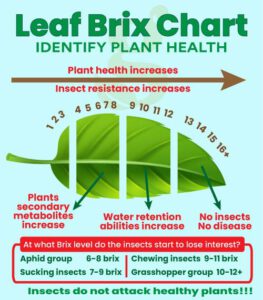
Brix in relation to crop health and quality
Brix in relatie tot gezondheid en kwaliteit van gewassen. De zoete wetenschap van Brix. Brix in relatie tot gezondheid en kwaliteit van gewassen. Brix-waarde verwijst
More yield from better quality
All in just 5 products
25+ years of fertilizer experience
Better and cheaper
Easy to use
The Gen1:11 Organo-Mineral Nutrients line is enriched with a wide variety of organic elements. You'll get more yields from your plants with a better quality end product.
De basis bestaat uit de primaire macronutriënten NPK (Stikstof, Fosfor en Kalium). Naast deze NPK-elementen bevat het secundaire macronutriënten. Calcium, Magnesium en Zwavel. Al deze element worden ook wel de hoofd elementen genoemd.
These are elements that are administered in smaller quantities. Simply because the plant needs less of them. Yet trace elements are essential for a healthy culture. Trace elements make the biggest difference between the various plant foods. Each trace element has a lower and upper limit. This listens very closely and only if you know what you're doing you can put together a good quality product.
In addition to all the essential major and trace elements found in Gen1:11's organo-mineral nutrient line, it is enriched with a wide variety of organic extractions. These organic extractions ensure a more stress resistant plant with a higher resistance. This benefits the overall health of the plants. In addition, the organic elements have a beneficial influence on many processes within the plant, the environment of the root zone and the final flowering. More about the organic extractions used in the products of Gen1:11 can be found at HIER lezen.
To start with, you have a growth chart that can be used as a guideline. With the amounts indicated you are safe in your use. You as the creator can further steer in the needs of the plant. But for that you need to be able to 'read' your plants. If you are a novice creator. Then stick to the schedule we have put together for you. The numbers on the schedule indicate the number of milliliters of nutrition per 10 liters of water.
The schedule is divided into a Growth phase (vegetative) and a Flowering phase (reproductive). In indoor growing this means that during the vegetative period the plant receives 18 hours of light and during the reproductive period it receives 12 hours of light. As long as the plant receives 18 hours of light it will only grow, and not flower. The moment it gets only 12 hours of light the flowering phase starts. The plant notices that the days are getting shorter. It is autumn and it is time to provide for offspring. To be able to do this, the plant must start forming flowers. In outdoor cultivation, the geographical location determines when the flowering phase begins.
How long you keep your plants in the growth phase depends on how big you want to/can let your plants grow. For indoors we recommend up to 3 weeks. If you stay longer in the vegetative period, repeat the quantities from week 3 from the vegetative period.
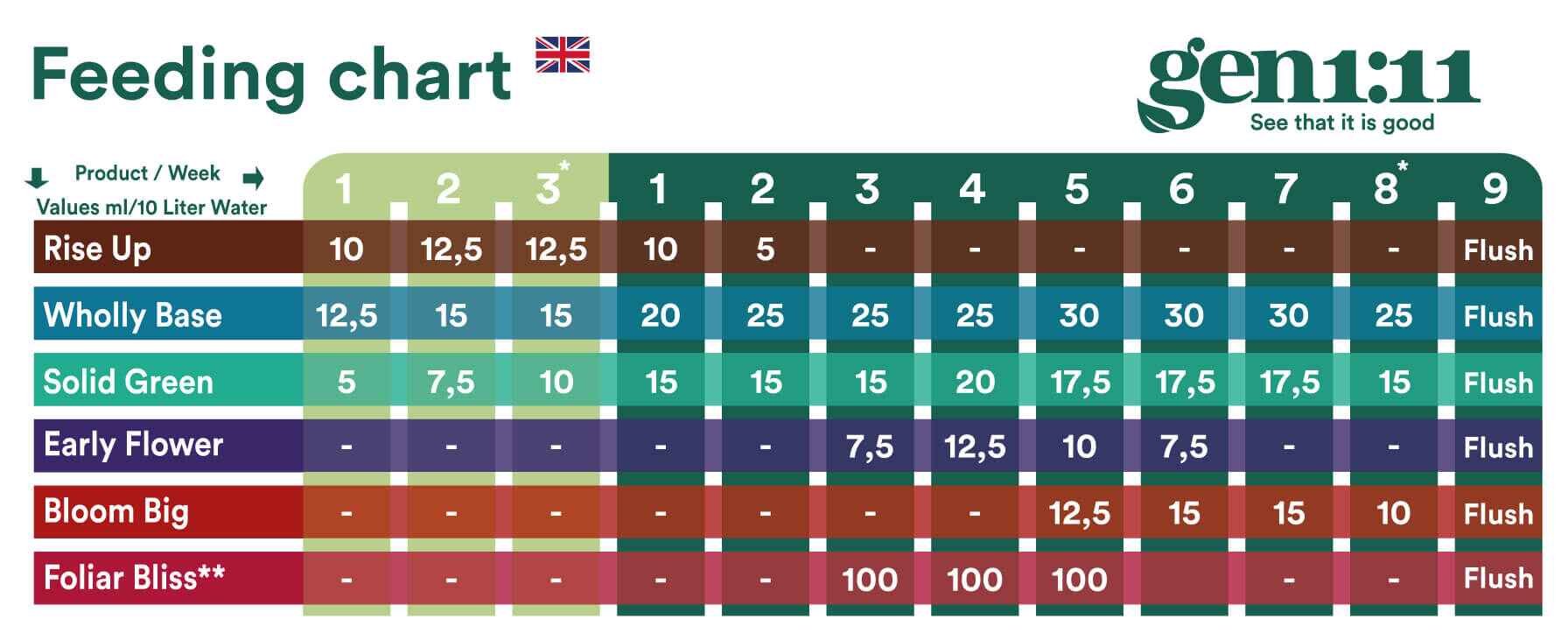
The bar at the top shows the weeks in the respective growth phase (light green) Week 1 through 3. And the flowering phase (dark green) Week 1 through 9. The products are listed on the left side. The indicated quantities indicate how many ml you need to mix with 10 liters of water. On the basis of 2 examples we'll show you how to use this scheme.
For this we use week 3 of the growth phase.
For this period we are going to use the following products. Rise Up, Wholly Base and Solid Green.
For every 10 liters of feed water you are going to make, use:
Proceed as follows. After you have filled a reservoir with water, check how many liters it contains in total.
If you make a reservoir of 30 liters then use the following amounts.
All nutrients are now mixed with the water. Your reservoir with nutrient water for week 2 of the growing period is not yet ready for use. Check with a pH meter the pH value of your nutrient reservoir. It should be between 5.8 and 6.2. This is the most optimal value between which the nutrients are optimally absorbed. Do not always sit at 5.8 or 6.2. Alternate a little. Calcium is better absorbed at a high pH value. Other elements better at a lower one. Adjust the pH value with a pH- or pH+ if necessary. When this is done your nutrient water is ready for use. But not too much. Use a created reservoir preferably within 3 days.
For this we use week 5 of the flowering phase.
For this period we are going to use the following products. Wholly Base, Solid Green, Early Flower en Bloom Big.
For every 10 liters of feed water you are going to make, use:
Proceed as follows. After you have filled a reservoir with water, check how many liters it contains in total.
If you make a reservoir of 30 liters then use the following amounts.
Attention! Shake the bottles before use. The organic additives may sink to the bottom if the bottle has been standing for a period of time.
Watch out! NEVER mix products undiluted with each other!
Wij gaan er vanuit dat je de product met deze uitleg naar behoren kunt gebruiken. Mocht je nog met vragen zitten gebruik dan het contact formulier om deze aan ons te stellen.
Gen1:11 Organo-mineral nutrients Gen1:11 Organo-mineral fertilizers have been extensively tested by various master growers at home and abroad. Unanimously, all test growers are very satisfied with the results obtained with the products. A prominent grower. Who does not want to be named, because he is affiliated with another brand, calls this the best new nutrient line he has seen in a long time. Privately he now uses only Gen1:11.
A lengthy period preceded the composition of the products. In particular, the organic additives have put us to work. We are satisfied with the products as they are now but continue to pioneer organic additives. Changes to the products we will not be making anytime soon. Unless it is an improvement. Even a minor improvement we will consider implementing at all times. At Gen1:11 we believe that standing still is going backwards. Cliché? For us it is.

Brix in relatie tot gezondheid en kwaliteit van gewassen. De zoete wetenschap van Brix. Brix in relatie tot gezondheid en kwaliteit van gewassen. Brix-waarde verwijst
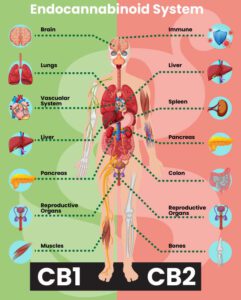
Het endocannabinoïde systeem begrijpen Een korte handleiding voor CB1- en CB2-receptoren Het endocannabinoïde systeem (ECS) speelt een fundamentele rol bij het reguleren van verschillende fysiologische
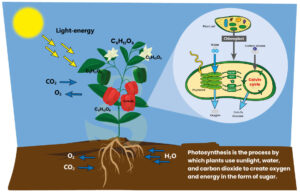
Photosynthesis Photosynthesis is the process by which green plants, algae and some bacteria convert light energy into energy in the form of glucose. This process mainly takes place

7 handy tips to prepare for the new garden season Gardening tasks when the spring jitters strike: Spring is a time of renewal and
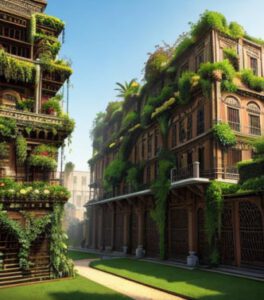
The development of hydroponic fertilisers through the ages The history of hydroponics is a story of innovation and perseverance, rooted in the quest of the

Creating a successful indoor grow involves more than just light and water. Here are 7 tips to boost your indoor garden.
Brix in relatie tot gezondheid en kwaliteit van gewassen. De zoete wetenschap van Brix. Brix in relatie tot gezondheid en kwaliteit van gewassen. Brix-waarde verwijst
Het endocannabinoïde systeem begrijpen Een korte handleiding voor CB1- en CB2-receptoren Het endocannabinoïde systeem (ECS) speelt een fundamentele rol bij het reguleren van verschillende fysiologische
Photosynthesis Photosynthesis is the process by which green plants, algae and some bacteria convert light energy into energy in the form of glucose. This process mainly takes place
7 handy tips to prepare for the new garden season Gardening tasks when the spring jitters strike: Spring is a time of renewal and
The development of hydroponic fertilisers through the ages The history of hydroponics is a story of innovation and perseverance, rooted in the quest of the
Creating a successful indoor grow involves more than just light and water. Here are 7 tips to boost your indoor garden.
Home » How to Use the Gen1:11 Organo-Mineral Nutrients

Because growing your own is a craft. It takes time, energy, focus, attention, maybe even love. At your own pace, in your own environment. You are the creator.